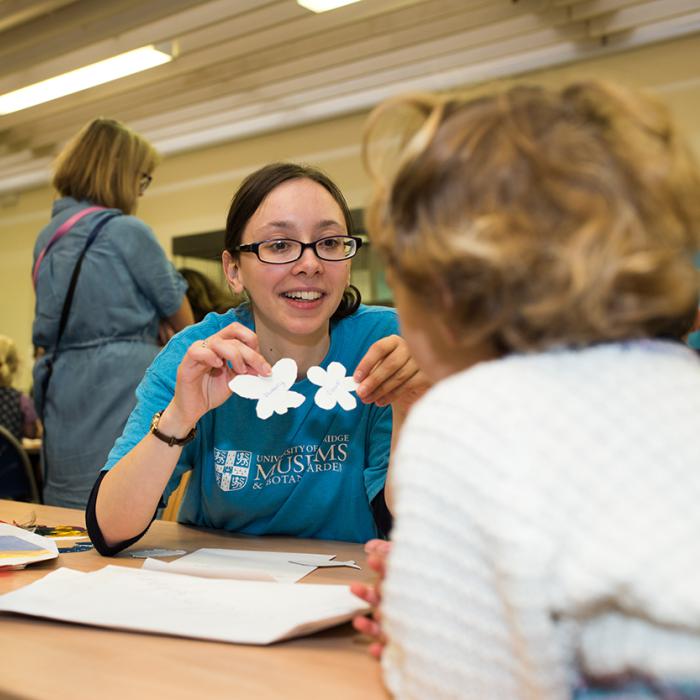From late 13th and early 14th century, the Akan people of southwestern Ghana and southeastern Ivory Coast developed a weighting system to measure gold dust, which was the form of currency. Beyond their transactional use, the importance of goldweights lies in their ability to communicate the multifaceted cultural practices and worldview of the Akan people, but also the underlining systems and structures they created.
Sign up to this creative workshop with artist Aida Wilde, where you will have the opportunity to learn new techniques making your own artwork based on Aida’s piece ‘Dreamboat II’.
The Greek and Roman body is often seen as flawless – cast from life in buff bronze and white marble, to sit upon a pedestal. But this, of course, is a lie.
When Charles Darwin encountered live platypuses and other Australian mammals, he claimed that – compared to the rest of the world’s animals – they were so strange that one might think “two distinct Creators must have been at work”.
Join Stu Hanna in this exciting song writing course inspired by our new exhibition Defaced! Money, Conflict, Protest.
No previous experience needed. Includes the opportunity to show your work after the course is finished at the Museum Late on Wednesday 30 November.
Please note this is a 4-sessions workshop happening on Saturdays 9, 12, 19 and 26 of November.
Ticket bookers will also have a 10% discount at the Courtyard Café.
Join us for an in depth look at the illuminated manuscripts on display in the Rothschild Gallery this autumn. All from medieval Britain, they tell the story of 500 years of creativity and innovation, revealed by the scientific and historical research of our MINIARE team.
This event will be taking place at the Museum and will also be livestreamed.
Join us for an exciting discussion about the relationship between defacement and protest, with a fantastic panel: exhibition curator Richard Kelleher; British Museum curator Tom Hockenhull; collector Tim Millet; and artists Paula Stevens Hoare and artist Hilary Powell. This event is part of the exhibition Defaced!
Hilary Powell, artist and contributor to the Defaced! exhibition, talks about her artistic practice: making visible visceral hidden stories and structures, combining material and meaning in collective acts of salvage and experimentation. Her work plays with ideas of value - who, what and where society overlooks, and why.
Join curator Richard Kelleher for an exclusive introduction to the exhibition Defaced!, an exploration of the fascinating yet conflictive relationship between money, authority, and protest.
This event will be taking place at the Museum and will also be livestreamed.
A Studio Sunday Special as part of our CoLAB summer programme
Join us in our Clore Learning Studio for a free, practical art making workshop exploring ideas about accessibility and academic research in the city.
Artist Kaitlin Ferguson has transformed the Clore Learning Studio into a creative research lab and would love you to join her. You will learn new art techniques and skills and explore new ways of creative thinking in a safe and supported space.

